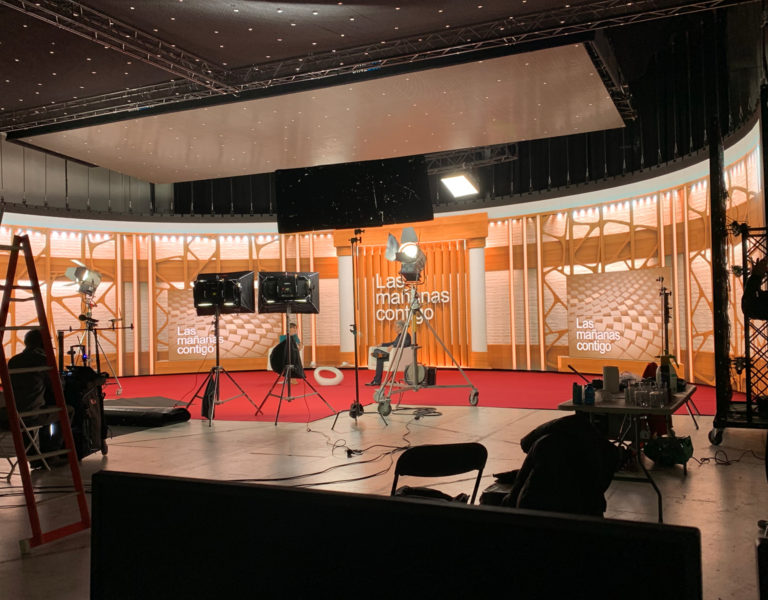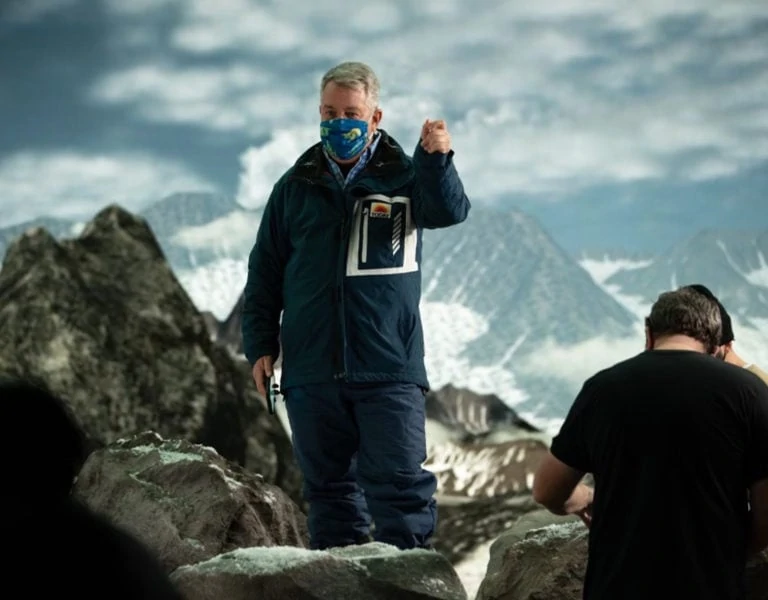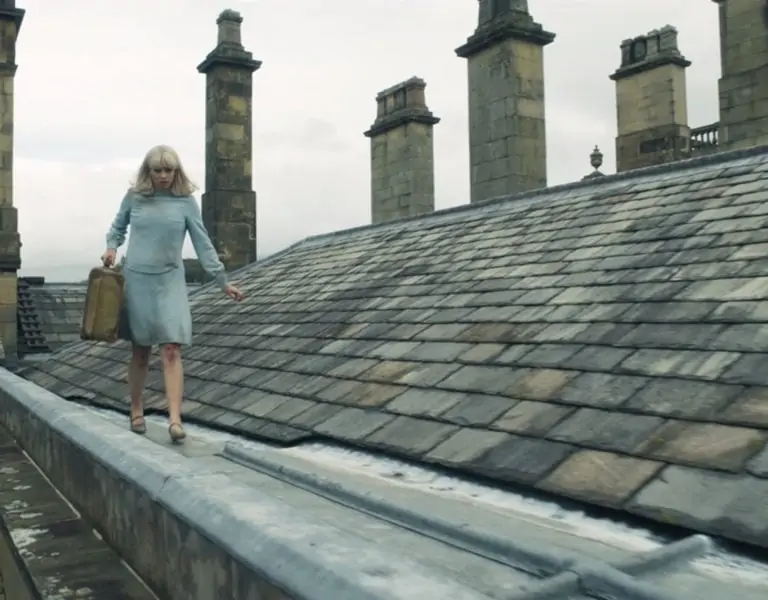Introducing Gorse Mother, the London Film School Graduation Film directed by Sonya G. Rosen and lensed by Lucas Boetsch.
Gorse Mother is a love letter to folklores, pagan rituals, traditions and beliefs. It is about the gorse game, a sensual, perilous, coming-of-age ritual that the villagers of the fictional island of Nevernesshave to perform every year. This time, something goes terribly wrong, with deadly consequences.

British Cinematographer (BC): Please tell us about your filmmaking journey so far, as well as your influences and inspirations.
Lucas Boetsch (LB): I have quite the unusual background, having been a music composer and sound designer for more than 12 years before embarking on a new journey into film school. Even though I always had an affinity for photography, I thought I would be solely writing and directing throughout the course, but rapidly ended up testing many other roles, out of curiosity. My first time as a spark on set turned out to be enlightening: I fell in love with light. This is where it all started.
Fast forward a few years, I had amazing opportunities as a cinematographer, shooting for different genres, both on film and digital, in multiple countries. My love, knowledge and interest for cinematography keeps growing bigger and bigger, day after day.
I still write, direct, compose and sound design on the side, allowing me to get as many jobs as possible, and I really hope I will be able to keep doing as such. Having solid abilities in different departments really help me make the best out of every shot, of every story. It is all about understanding storytelling in its many shapes and forms, in order to be your best at it. And it is only the beginning, every day is a school day!
Recently, I have been a great admirer of Christopher Doyle HKSC, Jarin Blaschke, Sir Roger Deakins CBE BSC ASC, Dan Laustsen ASC DFF and Darius Khondji ASC AFC.
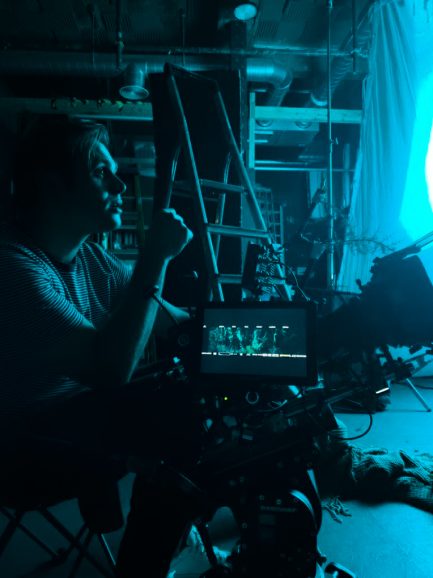
BC: Take us back to your initial discussions with the director, Sonya G. Rosen, regarding the visual approach to your film, Gorse Mother. What look and mood did you seek to achieve?
LB: From the very start, director Sonya and I were on the same page regarding how to approach our film visually. As Gorse Mother is a folk horror, fantasy drama short, there is a lot of grey area on how to create a look – we therefore had lots of space in being able to experiment in creating something as unique and as original as possible.
We were aiming for a cinematography rich in feelings and textures. A still camera, observant of the overall situation, making every single moment feel like a painting.
The story happens over a 24-hour period. First, the calm before the storm: a day scene in a basement with soft, direct overcast light, also partially lit with a chimney’s fire to set the tone and what is to come. This is when we learn what the gorse game is and what awaits our protagonist. Then a gentler mood as the protagonist and his father meet over a setting sun look. Finally, as the moon shines and the torches are lit, the drama comes into the picture and slowly builds into a horror-like environment. We knew we wanted the audience to be progressively buried in darkness, to intensify drama with a clear sense of looming danger as the story unfolds itself.

BC: What were your creative references and inspirations for your film? Which films, still photography or paintings were you influenced by?
LB: My biggest creative references and inspirations were Renaissance paintings using the chiaroscuro technique; masters of light, darkness and therefore depth like Rembrandt and Caravaggio.
I also took inspiration from both Kobayashi’s Kwaidan (cin. Yoshio Miyajima) and Lowery’s The Green Knight (Andrew Droz Palermo ASC) compellingly poetical cinematography.
BC: What filming locations were used? Were any sets constructed?
LB: We shot most of the film on location in the Wisley and Ockham Commons down in Surrey over a three-night period.
For a few extra close ups, Emilia Mendez and Jess Riley from the art department team reproduced the nature out there with real greeneries and plastic spines in the school’s studio – fake thorny gorse being safe for actors to be in contact with.
Finally, the very first scene was shot in Hackney’s Castle Gibson.
BC: What camera and lenses did you choose and why? What made them suitable for this production and the look you were trying to achieve?
LB: Gorse Mother is set in large fields, on a secluded island. It felt right to show the characters amongst the immensity of their surroundings – isolated from the rest of the world or lost within the gorse. I also needed a frame that could hold many villagers at once; these reasons were screaming widescreen. We therefore decided to go with an anamorphic aesthetic on a budget.
The best deal available while making sure we would have good image quality, solid dynamic range and colour flexibility, with anamorphic glass, and great file compression turned out to be shooting with the RED Komodo from our second AC Hugo Lai. We paired it with the Angénieux Optimo 56-152mm because of its optical performances; one single zoom lens with low distortion, delicate breathing, no ramping and extreme close focus capability while remaining incredibly lightweight and compact were among the top reasons we decided to go with it.
Night shoots in the wilderness required us to be light, fast and efficient – a single anamorphic zoom lens therefore made sense both creatively and practically.
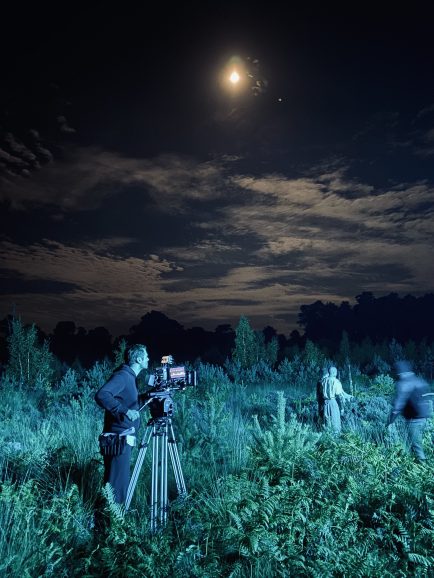
BC: What was your general approach to lighting?
LB: There is a clear progression from a more-or-less natural daytime look during the first act to a more eerie, menacing and isolated atmosphere in the second and third parts, both happening in a very dark, moonlit gorse maze.
My main goal was therefore to set an escalating visual language, where quality of light, contrast ratios and colours would evolve to correspond to the emotional arc of the story and its characters.
Lots of love to Shoot Blue for kindly providing the entire lighting kit.
BC: What was the trickiest scene to light?
LB: Definitely the climax of the film, the maze burning scene: as the gorse game reaches its end, it is tradition for the villagers to burn the gorse maze. We knew from the very start that lighting real fires in these protected fields wouldn’t be allowed at all. Consequently, the flames had to be done in post-production. I therefore had to light for VFX, in order to sell the fact that there were actual real flames in the finished film.
We decided to place Astera Titan tubes within the gigantic gorse bush in precise spots, right where the villagers’ torches would first get in contact with. From the base, ‘flames’ would slowly make their way upwards. It was a good start, but we needed more intensity to really sell the fire effect. We then had this cheeky idea of rigging additional tubes to the villagers, making sure we only saw their backs during the takes. The trick was to be perfectly in sync with what tube to light, at which exact moment to simulate the gorse catching fire, step by step!
As for the villagers’ torches, we attached Aputure Accent B7C bulbs to the top of every stick. Like the Titan tubes, the bulbs were on a specific flicker mode with variation of red, orange and yellow hues plus multiple intensity of white. Thanks to props artist Fiona Wagstaff for designing the torches accordingly.
Immense shout-out to my gaffer Mikey Marren who was lying on his back, hidden in another bush as close to the action as possible, right off frame to stay within range of connectivity, as he had to control the LEDs from the iPad. And a big thanks to costume designer Emily Pieters for making the crazy idea of rigging lights to the actors actually work.
This was the trickiest but most fun scene to light, no doubt about it, and it is only thanks to great communication and collaboration within both the cinematography and the art departments that we pulled it off.
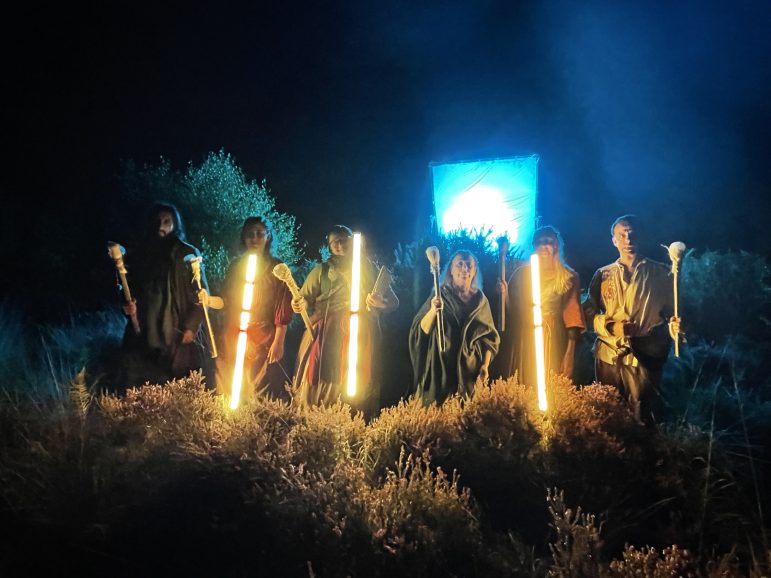
BC: Who did the grade and what were you trying to achieve in it?
LB: We got to collaborate with Luis Reggiardo from the Digital Orchard team. It was all about final brush strokes to give it the look we had in mind from the very beginning. We softened the overall image with grain because of the Komodo’s razor-sharp sensor and we adjusted contrast throughout the film to really make sure the progression was clear as the story unfolds itself.
We had to shoot a few pick-ups a couple months later due to scheduling conflicts during the original production. The new footage ended up being lower resolution than the original one, but we managed to make them match thanks to Luis’ work.
Last but not least, when the VFX fire was finally done, we came back to Luis to match its look and make sure the flames looked as natural as possible without clashing with the colour palette.
What we were trying to achieve was really all about optimising the general mood and feel of the film to uplift the original creative vision. Nothing drastic, just subtle changes there and there to make sure the audience perceive the finished film the way we envisioned it at first.
BC: What was your proudest moment from the production process? Is there a specific scene or shot that you’re especially proud of?
LB: It was another first-time experience for me to match on-location shots with studio ones. I believe that the moment the set was built with plants and plastic gorse, the blackout drapes rigged around, and the moonlight on, it really felt like we were back in the fields on a very early morning – it is all but a trick, only the magic inside the frame matters, doesn’t it?

BC: What lessons did you learn from this production that you’ll take with you onto future productions?
LB: Lighting for VFX during production was most certainly a steep learning curve. Despite the severe location and budget restrictions, matching how genuine fire would light its surrounding by using LEDs, to then collaborating with VFX artist Ksheetij Saini during post-production turned out to be extremely fruitful.
BC: What would be your dream project as a cinematographer?
LB: I just want to keep working with likeminded creatives, who share the passion of storytelling and its intricate craft, with people who aim to raise questions, bring original and unique ideas to the table and most importantly, for projects that are demanding in many ways, that force you to push your own limits and be ingenious.
On a more technical note, I am very much looking to be shooting more on film. There isn’t anything quite like it – real, tangible, human-made magic.
BC: Is there anyone not yet mentioned that you’d like to highlight?
LB: I would like to thank the entire team that made this short film what it is today.
Love to Sonya for putting her entire trust in me for both shooting, and producing this short with her. It was truly a wild ride.
Special shout-out to my main department and pickup crew: first ACs Kelly Diapère and Ruari Chambers, second ACs Hugo Lai, Clio Lai and Yichao Chen, gaffers Michael Marren and Sahil Kotwani, best boy Chuqiao Pan and sparks Jessie Jing, Zijian Cai and Qun Xing. It’s been an absolute pleasure to work with you all.







